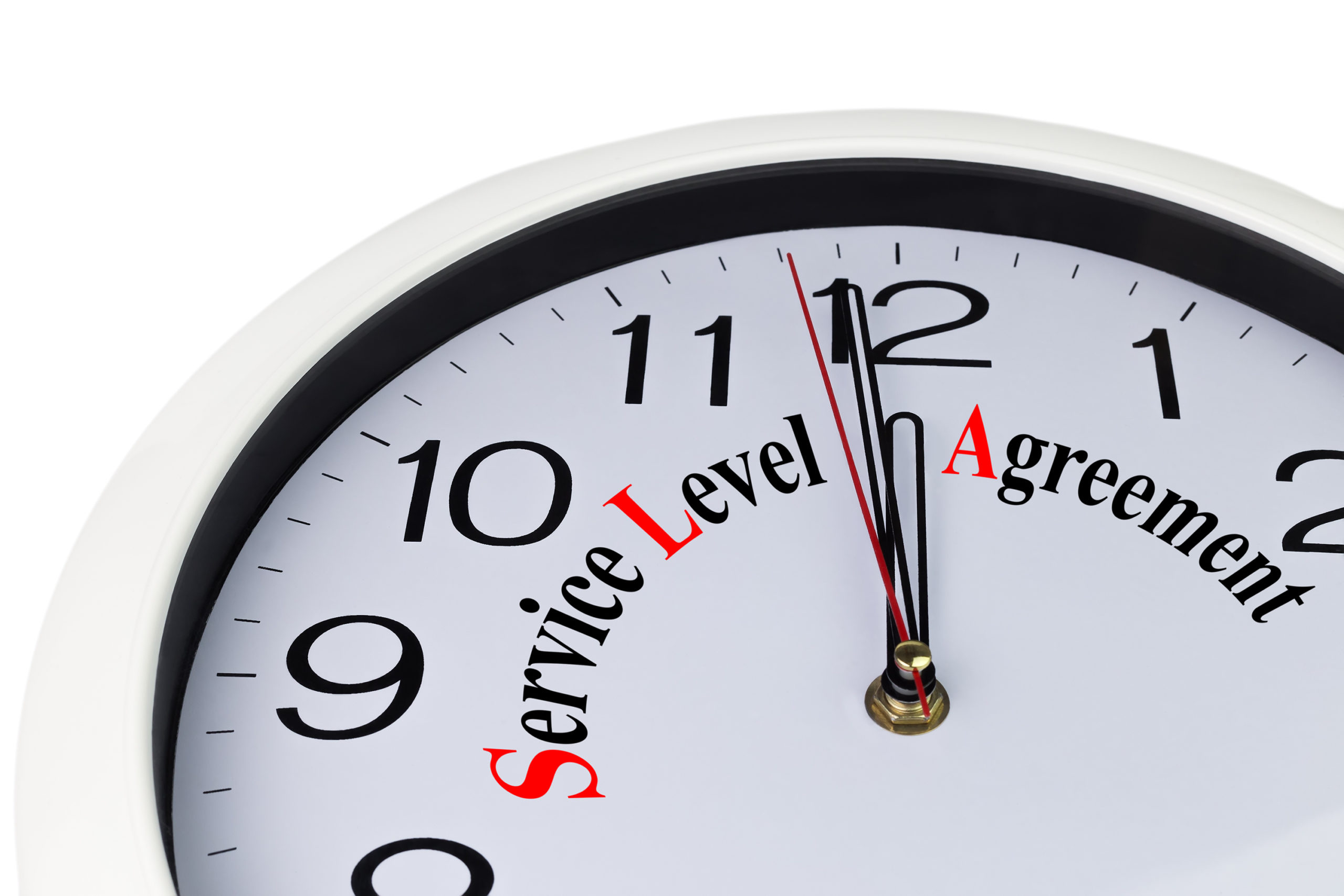Subscribe to the Zog Blog to get news Delivered straight to Your box!
Newsletter Signup
Recent Posts
Archives
Archives
- November 2025 (1)
- September 2025 (1)
- May 2025 (1)
- March 2025 (1)
- November 2024 (1)
- October 2024 (1)
- August 2024 (1)
- July 2024 (1)
- June 2024 (1)
- May 2024 (1)
- December 2023 (2)
- November 2023 (1)
- August 2023 (1)
- June 2023 (1)
- May 2023 (1)
- April 2023 (1)
- December 2022 (4)
- November 2022 (3)
- October 2022 (2)
- September 2022 (2)
- August 2022 (3)
- July 2022 (2)
- May 2022 (3)
- April 2022 (2)
- March 2020 (1)
- November 2019 (1)
- October 2019 (2)
- September 2019 (3)
- August 2019 (2)
- July 2019 (5)
- June 2019 (3)
- May 2019 (2)
- April 2019 (1)
- March 2019 (2)
- August 2018 (2)
- July 2018 (1)
- June 2018 (1)
- May 2018 (4)
- April 2018 (5)
- March 2018 (2)
- February 2018 (3)
- January 2018 (3)
- December 2017 (3)
- November 2017 (2)
- October 2017 (3)
- September 2017 (4)
- August 2017 (2)
- July 2017 (4)
- June 2017 (4)
- May 2017 (5)
- April 2017 (4)
- March 2017 (3)
- February 2017 (4)
- January 2017 (5)
- December 2016 (4)
- November 2016 (5)
- October 2016 (4)
- September 2016 (3)
- August 2016 (4)
- July 2016 (1)

How To Evaluate Whether Your IT Help Desk Service Level Agreement Is Working
Six Considerations Before Signing Your Name On the Dotted Line
If no one met the standards set in your SLA agreement, how good is it for you and your organization?
A service level agreement (SLA) for IT help desks is only as good as the people backing up the agreement (for a discussion of what to expect in an SLA, see the following discussion). That’s why you should take interest in making sure your SLA meets your business needs.
An IT help desk SLA critically depends on your organization to understand what it needs from IT support. The SLA is just a standard to which you should compare your support. Is your IT help desk fitting the bill? Are they presenting you with metrics that sound good, but don’t add up?
Do you understand what your help desk is really working on during their workday? Are they doing the same things day in and day out? Are they adding value to your business—making the rest of your team more productive? Saving you money on time wasted from computer problems?
If you’re not sure about what your IT help desk technicians do or what their primary contribution to your business is, maybe your SLA is not working as it should.
Here are 6 things to consider before signing your name on that dotted line:
Make sure your SLA matches your culture and workload
One thing to consider when reviewing your SLA and how to make it work for you is to evaluate your company, its culture and workload. Are your workers generally ‘tech savvy’? Do you trust them to resolve some of their own technical problems? Or would you rather provide a consistent solution for all staff—to ensure that time and money isn’t wasted fighting fires that an IT help desk technician could have quickly resolved?
Most businesses simply want the comfort of knowing that any technical issue—easy or hard—will be addressed as soon as possible and that team members will assuredly be able to get back to working on their obligations.
But when you expect issues to be resolved timely from your IT help desk, you likewise should anticipate having consistent means of communication to your IT help desk staff when an issue arises.
The single most important reason why ticketing systems exist is to track and ensure that user issues are documented and being addressed. With every help desk, you should expect to have users submit tickets online or over the phone in order to get an issue resolved. Not having a ticket is regarded as an acceptable “excuse” for many help desks to have overlooked (unintentionally so) your issue.
Full Disclosure: At the end of the day, I believe IT help desk is about customer service. We, as IT help desk professionals, need to make sure user issues are getting resolved. Issues should never get turned away simply because it wasn’t submitted properly.
BUT having a proper framework of how users and technicians need to communicate should be a part of your SLA. You need to make sure the ways in which two-way communication occurs (between technician and user, or vice versa) is appropriate for the nature of your business and ensures that your team can be successful.
Make sure your SLA outlines communication
Every business is different and may have different expectations as to how issues are being handled by a help desk. Make sure your help desk has a clear understanding of how to expect communications from you—what types of communications work best for your users? When an issue needs to get escalated or is taking some time, how ‘in-the-loop’ do you expect your help desk support to keep your team members? How often do you want someone on your team to review your help desk’s performance?
Laying down clear expectations of how you want your team to interface with your help desk is essential to optimizing a help desk that completely fits your needs. And having a report that presents interpretable facts about how your help desk is doing to keep users up and running is critical in evaluating whether they’re doing the job right.
Make Sure To Engage In The Agreement
Along with all of the standards that every agreement has in it—pricing, termination rights, transition, legal disclaimers—SLAs should are mostly handled by your IT support group. Because of this, most SLAs are full of focus on response time and availability.
But there are some other contributors making for a successful relationship with IT help desk support other than technical components involved and number of technicians available to help. A critical, but often overlooked, area of SLAs is in help desk operations. What processes are in place? And what is the capacity of the help desk? How can it guarantee a sufficient response time? Process and capacity are two critical, and arguably more important issues, than simply technical aspects of your agreement.
I encourage you to collaborate with your IT help desk support—an even seek a second opinion on your SLA—to make sure your business is properly engaged in getting IT help desk support that fits your needs.
Document EVERYTHING in Writing
Maybe an obvious point, but you should never assume anything. If it isn’t in writing, you may have trouble making a case down the road in the event a problem arises. Make sure you have a clear set of expectations to work with from your SLA. Realize that resources aren’t always unlimited and that even the best IT help desk support can occasionally face obstacles in service. Understanding what can and can’t be done can set you and your team up for better preparedness in the event of issues that may take a little more time to resolve.
Make Sure Someone Is In Charge Of Oversight
Making sure you have someone that oversees your IT help desk progress and adherence to their SLA agreement is critical to making sure your team is solidly supported (Note—even if you have an internal help desk department, your business should have a formal service level agreement with that team so they understand clearly what’s expected of them).
Someone inside your company needs to have the management responsibility to assign accountability. You need the right person for this role—someone that understands your internal needs and can manage a relationship with your help desk support to make sure your technical support is aligned with your team’s needs and goals. You need someone on your team that has a vested interest in your interests making sure your help desk is fulfilling its SLA responsibilities.
Revisit Your SLA Over Time
More often than not, SLAs get stale—even when you’ve outsourced your IT help desk. Service level agreements need occasional updates—not only to make sure your business is getting the support it needs in a changing work environment, but to adhere to regulatory compliance (PCI and HIPAA for example).
In addition, when you outsource your IT help desk support, you need to revisit performance metrics. Are they misleading? To they well-represent standards that your users need and expect to make your business operationally successful? Don’t wait for your IT help desk provider to evaluate these metrics (they’re likely too busy fighting fires of their own). It’s in your best interest to review the metrics you receive and play a role in determining whether they’re the ones you really should be evaluating.
Are you sure the IT help desk service you’re receiving is meeting your expectations? Is your SLA being followed? Are the metrics you’re receiving accurately depicting the experience of your users? Is there room for your help desk to improve? Contact me TODAY for a FREE IT help desk health assessment.


Leave a Comment
Your email address will not be published. Required fields are marked *